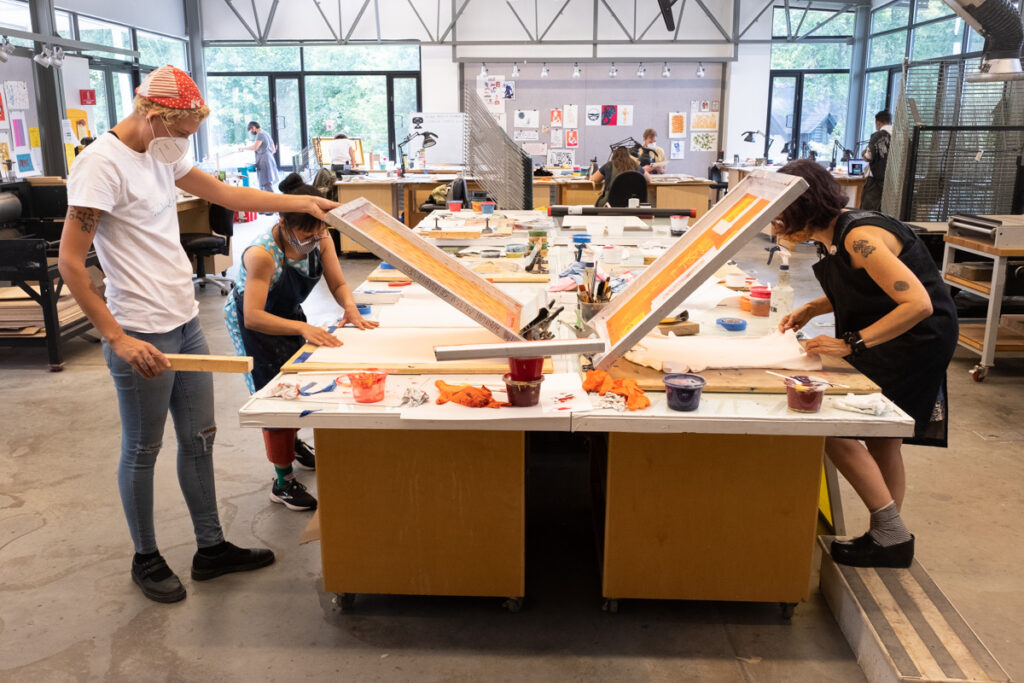James Henkel first came to Penland in 1971 with a scholarship that, he says, made him “a photography student and a proud dishwasher.” Since then he has served as studio assistant, core student, resident artist, faculty, and neighbor. At Penland he met Debra Frasier, his wife of 37 years. In 1991 they bought a small cabin near the school where they began spending summers. And their daughter, Calla, now an artist working in Berlin, was a founding member of Penland Kid’s Camp. “That one act of generosity— a Penland scholarship in 1971—has nourished me artistically for fifty years,” Jim said.
“My work begins with finding and collecting objects. These curiosities are then used to generate pictures that touch on the relationship between our ideas about beauty, function, and the meaning of objects in our lives. With the choice of an object for a photograph, I am leaning into a sense of shared familiarity with the viewer, but changing the perspective by introducing the unexpected within the frame.”
Jim is professor emeritus at University of Minnesota and a long-time Penland instructor. He now lives between Asheville and his Penland house/studio.
Learn more about Jim and his work in the short video above.


